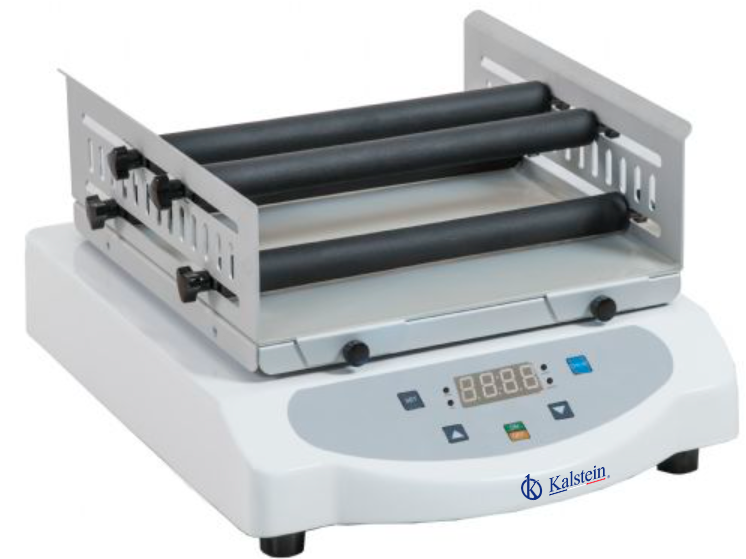Laboratory stirrers offer a wide range of uses in the production industry, from mixing granulates for pharmaceuticals and food products to dispersing beads for the manufacture of oils, soaps and detergent liquids. Manufacturing and biotechnology, among other areas, have multiplied the use of laboratory stirrers.
As a leading manufacturer in the international market, we can offer you a wide range of products for different areas: laboratory, clinic, dental clinic; within our laboratory sector you can find the best and at the best price stirrers, visit HERE to make your sale/purchase process do not hesitate to contact us, we have a specialized staff available to advise you at all times. HERE
Basic Characteristics of the Laboratory Stirrers
Laboratory stirrers consist of a support on which a turntable, stirring rod or stirring plate is attached. When the speed is set correctly, the liquid coverage across the surface of the platform can be adjusted according to the requirements of the chemical reaction. The main types of laboratory stirrers are the same as those used in other fields of industrial manufacturing. These include mandrel stirrers, mixer stirrers, turbine stirrers, secondary flow stirrers, propeller stirrers and back pressure stirrers.
Laboratory stirrers are usually made of metal, glass, rubber and plastics. These devices also include electrical components that control the speed and rotational motion of the gear assembly. Most modern stirrers are also equipped with an intelligent feed system, which is capable of controlling pressure, temperature and liquid flow. This allows them to easily adapt to continuous production.
Wide Applications
Laboratory stirrers are widely used in the formulation and delivery of pharmaceutical and food products. They are generally used to mix the liquid to a homogeneous and uniform consistency. They can also be used to form emulsions, that is, to mix two or more liquids that would otherwise not mix. In addition, laboratory stirrers are widely used to create unmixed liquid products, such as dishwashing detergents, laundry detergents and other liquids for cleaning purposes.
Laboratory stirrers are also used in the manufacture of a variety of products, from paints, lubricants and adhesives to pharmaceuticals. These include oils, soaps, paints, lubricants, adhesives, machine tool lubricants, high-pressure pastes and cleaning liquids. In addition, laboratory agitators can also be used to mix and disperse solids in liquids to produce refractories, cement and insulating materials.
Safety Policy
Laboratory stirrers for industrial use are extremely powerful equipment. Therefore, they must always be used in accordance with a strict safety policy. This means implementing a series of controls, such as automatic shutdown in case of overload, pressure monitoring and precise operating regulations. In addition, it is important to protect workers from exposure to gases and vapors, as can be achieved through the use of personal protective equipment.
In conclusion, laboratory stirrers offer a wide range of uses in the production of a wide range of products and materials. They have basic features designed to assist in the mixing, dispersing or agitation of liquids. Their use should follow a safety policy according to the requirements of the industrial field to avoid possible accidents.

